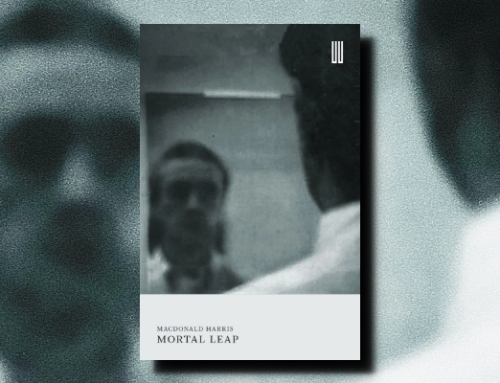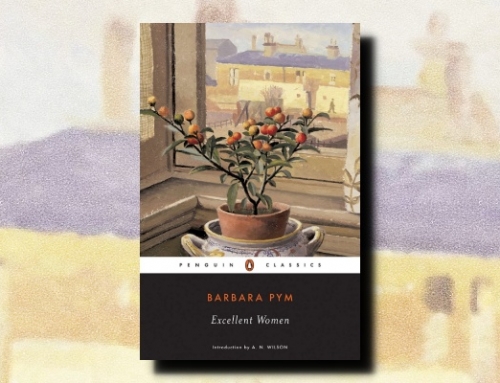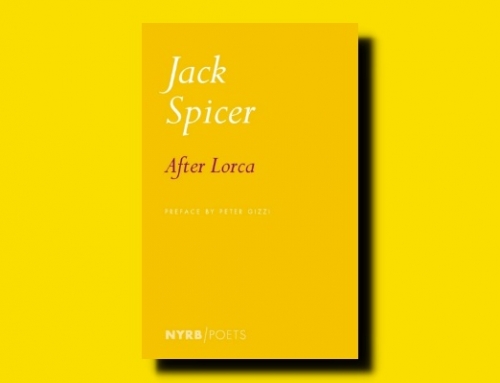The Divorce
by César Aira (El divorcio, 2010)
translated from the Spanish by Chris Andrews (2021)
New Directions (2021)
98 pp
 When a new book by César Aira arrives, I drop everything and read it. Whatever book I’m reading gets put aside and has to wait, though never for long since Aira’s books are usually very short. In her foreword to the most recent short Aira book to disturb my reading schedule (though only for a day since I had a mighty appetite to satisfy and could not stop until the book was complete), Patti Smith makes it clear she feels the same way.
When a new book by César Aira arrives, I drop everything and read it. Whatever book I’m reading gets put aside and has to wait, though never for long since Aira’s books are usually very short. In her foreword to the most recent short Aira book to disturb my reading schedule (though only for a day since I had a mighty appetite to satisfy and could not stop until the book was complete), Patti Smith makes it clear she feels the same way.
Though they share characteristics and Aira’s books can, in my mind, be categorized broadly into two types (that often mingle): there are the pensive, slower ones about memory and the passage of time (thinking of The Linden Tree, An Episode in the Life of a Landscape Painter, Birthday, and Conversations here), and there are the lighter, zany, frenetic, and absurd fly-by-the-seat-of-your-pants narratives (here I am thinking of The Literary Conference, The Seamstress and the Wind, and The Little Buddhist Monk). When The Divorce begins I thought it might settle into the first category; however, soon it clearly sits in the latter, providing us with several twisty and turny stories that, even as you near the end you never know just what Aira might do to swap the plot around as he puts together page after page of energetic writing that makes the blood pump faster.
The set up is simple and provides the framing device for the zany stories we’re about to hear. A man (much later in the book we learn his name is Kent) from Providence, Rhode Island, has recently divorced. In order to escape whatever reminders he might have of his divorce, Kent goes to Buenos Aires, Argentina. He succeeds, finding there that “[i]n the absence of significant others, I had the liberating sensation of being absent from myself.”
In Buenos Aires Kent is also able to experience life at a different pace. We settle down with him at an outdoor table at one of his favorite restaurants in Palermo Soho where he is having a meal with a young woman named Leticia. It had been raining, and one of the awnings is weighed down by a big puddle of water that the proprietor decides to push out just when a young man passes on a bicycle. The young man, Enrique, is drenched — a moment Aira is able to play out for some paragraphs, and then the book plunges into a few (very) different stories, all while we sit at that outdoor table. The passage of time — its expansion and dilation — is a theme in the novella as the stories that come all seem to find a moment and burrow in. That’s what happens to the framing device too.
The first story begins when Enrique, drenched, and Leticia lock eyes, sparking a momentous reunion. Their prior relationship that was brief though profound: “They hadn’t seen each other since the day they met, which was also the day that had marked the end of their childhood.” Ken learns that they met at school, the day the school burned down. Their story is one of a mad dash through the burning school, hand-in-hand, watching the world around them go mad, all described in Aira’s off-kilter prose:
An enormous suction cup wrenched open a hole in a wall, through which thirty or forty priests in cassocks came running like so many rats. They were running for their lives, and their desperation made the animal simile (rats, crows, dogs) perfectly apt.
Enrique and Leticia run and run, the school transforming into an inferno (both due to the flames and due to the Dante-esque grotesqueness of the maddened victims) around them, until they find the room that houses the miniature model of the school. They enter the model, which somehow has enough room for everyone else while multiplying the madness. See how those rat-like priests have multiplied:
A suction cup the size of a speck of dust wrenched open a hole in the wall, and several thousand priests in cassocks came running out. [. . .] The increase in numbers was due to the fact that each priest consisted of a single atom. But even under this maximal compression they retained their characteristics: some were young, others older, even elderly, from the time when Ignacio de Loyola had founded the order, but being atoms gave them a prodigious agility.
Soon the story ends without it fully resolving, at least “narratively,” but the moment at the outdoor table in Palermo comes back into the foreground is the moment another chance encounter takes us into another rabbit hole.
I don’t see the point in trying to describe any of the remaining stories. It’s enough to know that each story is elaborate, just like a miniature model of the school, bringing to mind the intricate, model worlds of Steven Milhauser. Each story burrows further into the moment at the outdoor table while also burrowing into itself.
Honestly, I’m not entirely sure what to make of The Divorce as a whole. Is it just a collection of fun stories that look play together in unique ways? Is it a larger statement on the structures we inhabit and how they affect “reality”? It could be all of the above and more. What I do know is that it’s fun and provocative, and I’m already hungry for more Aira.









Leave a Reply